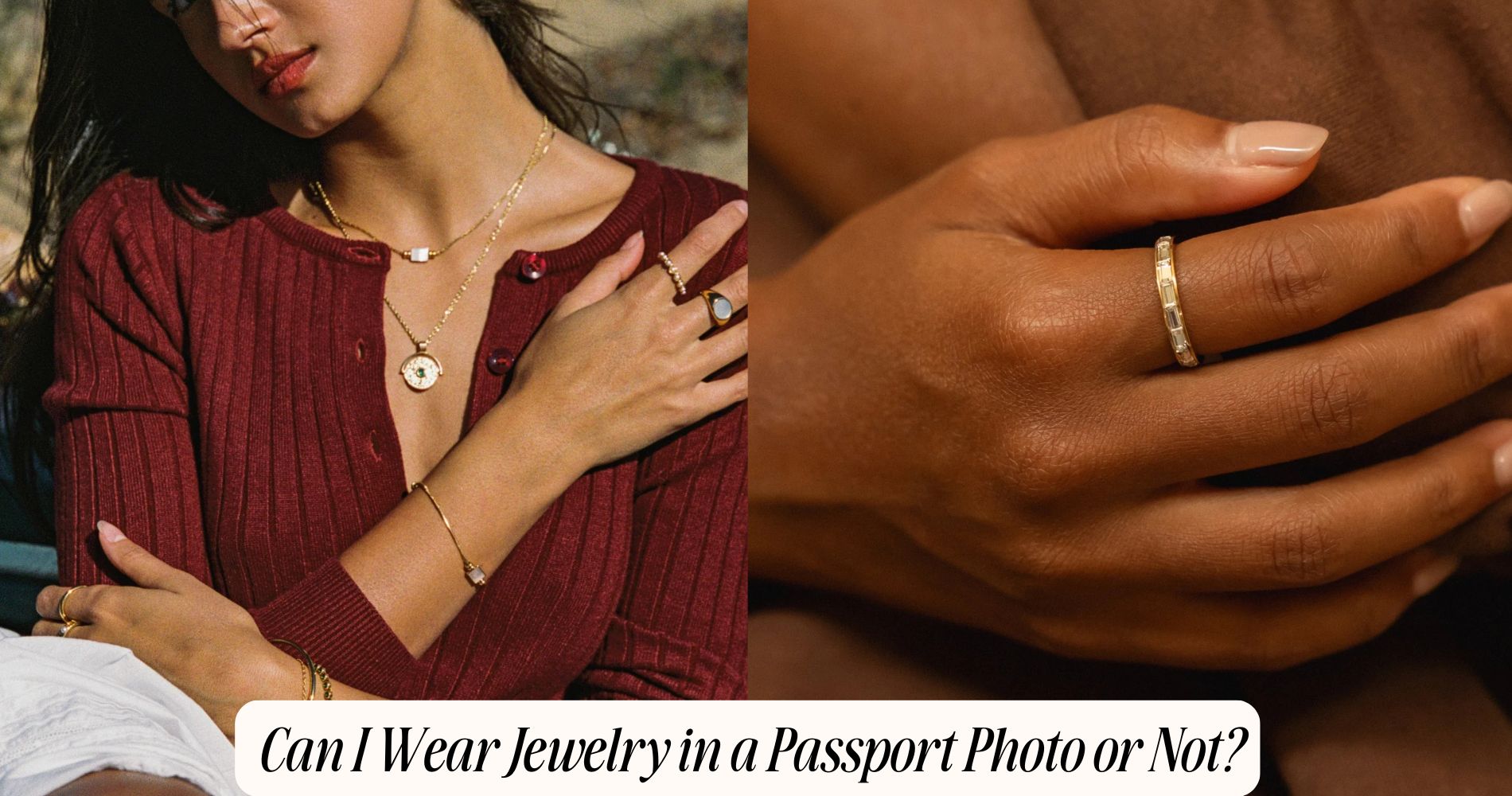
Can I Wear Jewelry in a Passport Photo or Not?
If you’ve ever wondered, can I wear jewelry in a passport photo, the answer is yes—but with a few important guidelines. Keep your jewelry minimal, non-reflective, and unobtrusive. Nothing should cover your eyes, brows, nose, mouth, or jawline, and there must be no glare or shadows. Small stud earrings, thin hoops, and flat necklaces are usually acceptable, while oversized hoops, chandeliers, and mirrored metals should be avoided. For a simple, elegant touch, try pieces from Atolea’s Waterproof Jewelry collection that stay shine-ready no matter the occasion. Keep your hair away from your face, use neutral lighting, and maintain a natural expression for the best results.
What Passport Photo Rules Actually Say About Jewelry
Although jewelry isn’t outright banned, passport photo rules prioritize an unobstructed, natural appearance. You must present a neutral expression, full-face view, and no shadows or glare.
Jewelry guidelines fit within broader photo regulations: nothing should obscure facial features, alter skin tone, or introduce reflections that interfere with biometric recognition.
Keep items minimal and non-reflective. If any piece causes glare, casts a shadow, or hides parts of your face or ears, you’ll need to remove it.
The background must stay plain and shadow-free; reflective jewelry that disrupts exposure risks rejection. Avoid oversized or distracting items that could be deemed non-compliant.
Religious or medical items aren’t exempt from clarity requirements. Ultimately, your face must remain the dominant, clearly visible subject to meet standard compliance checks.
Pieces That Are Generally Allowed
Building on those standards, you can wear understated pieces that don’t reflect light or obscure your face.
Small stud earrings, thin hoops that don’t protrude, and delicate necklaces that sit flat are typically acceptable. Keep jewelry styles minimal so your facial features, jawline, and ears remain visible. Simple metal finishes are safer than high-shine or mirror-like surfaces. If you have piercings, choose subtle, non-dangling posts.
You may also wear items with cultural significance, provided they’re modest, don’t cast shadows, and don’t hide any part of your face.
Lightweight nose studs or tiny septum retainers can be fine when they’re unobtrusive. Bracelets and rings rarely affect compliance if they stay out of frame.
Before your appointment, confirm local authority guidance, then select low-profile, non-reflective accessories.
Jewelry That Can Get Your Photo Rejected
Even when you follow size and placement rules, certain jewelry can still trigger a rejection.
Anything that obscures your eyes, brows, nose, mouth, or jawline is risky. Unacceptable accessories include nose chains that cross the cheek, lip rings that cast shadows, oversized septum jewelry, and facial piercings with reflective studs that create glare.
Forehead adornments, bindis used as decoration, and temporary gems can be flagged. Large necklaces that overlap the collar and hide the neckline, or chokers that blend with the jaw, also raise issues.
Avoid metallic pieces that mirror the flash or studio lights. Common mistakes include wearing magnetic studs, transparent retainers that distort skin tone, and stacks of bangles that reflect onto your face.
Keep everything minimal, matte, and non-obstructive.
Earrings: Sizes, Styles, and Safety Rules
Earrings demand careful choices to keep your passport photo compliant. Keep earrings small, simple, and non-distracting so your face remains fully visible. Studs or tight huggies work best.
Avoid oversized hoops, chandeliers, or styles that cast shadows, cover ears, or obscure jawlines. Reflective metals can trigger glare; choose matte or low-shine finishes. If an earring creates hotspots under studio lighting, remove it.
Follow jewelry etiquette that aligns with government photo rules: your expression, eyes, and skin tone must be clear and unobstructed. Skip noisy earring trends that compete with facial features.
If you have multiple piercings, wear minimal pairs or just one set. Confirm both ears are visible if your hair is tucked back. When uncertain, remove earrings to eliminate risk.
Necklaces and Chains: When They’re Acceptable
Keep ear adornments subtle, and apply the same restraint to your neckline. Passport agencies allow necklaces and chains, but only if they don’t obscure your face, cast shadows, or reflect light. Prioritize clean visibility of your jawline and neck base.
Choose thin, non-reflective metals or matte finishes; avoid oversized pendants that creep into the collarbone area and distract.
Follow neckline considerations: a simple chain that sits higher than the shirt collar is safest. If your top is high-necked, make certain the chain doesn’t bunch fabric or create glare. Minimize layering options; one short chain is preferable to stacks. Remove chokers if they’re wide or patterned.
Before the photo, straighten the chain, center any small pendant, and confirm no glare under studio lighting.
Facial Piercings and Nose Rings: What to Watch For
While facial jewelry isn’t outright banned, passport rules require it to be minimal, non-distracting, and not obscure any facial features.
Follow facial jewelry guidelines that keep your entire face fully visible from forehead to chin and ear to ear. Choose small, flush studs over hoops or bars that cross the nostril, septum, lips, or eyebrows. If a piece casts a shadow or blocks skin contours, remove it.
Under piercings regulations, your expression must remain neutral and your face unobstructed. Don’t wear oversized rings, dangling charms, or hardware that alters your natural appearance.
Keep symmetrical visibility of both eyes, eyebrows, and the nose bridge. If asked, you should be able to remove or temporarily swap jewelry for a smaller retainer. When uncertain, default to the least conspicuous option.
Metal and Gemstone Glare: How to Avoid Reflections
Beyond keeping facial jewelry minimal, you must prevent glare that can obscure features or trigger a retake.
Officials need a clear, shadow-free view of your face, so treat reflective metals and gemstones as potential risks. Prioritize glare reduction by choosing matte, small, and non-faceted pieces. Avoid high-polish hoops, oversized studs, and prong-set stones that scatter light.
Use controlled lighting techniques: place lights at 45-degree angles, diffuse with softboxes or sheer fabric, and avoid direct on-axis flash.
Step slightly off-center to reduce specular highlights on earrings or necklaces. Tilt your chin minimally to prevent reflections from reaching the lens. Check test shots at full brightness; if any hotspot appears, remove or swap the jewelry.
Compliance first—clarity beats ornament every time.
Country-Specific Nuances You Should Know
Although core ICAO standards apply worldwide, each country enforces distinct rules on jewelry visibility, religious exemptions, and photo retake thresholds. You’ll navigate cultural variations and regional guidelines that shift what’s acceptable.
The U.S. allows small, non-reflective studs if they don’t cast shadows; anything obscuring facial features risks rejection. Canada is stricter on glare; visible reflections trigger automatic retakes.
The U.K. tolerates discreet items but rejects hoops that extend beyond the face oval. EU states align with biometric uniformity; officers may require you to remove necklaces if chains break the neckline.
Australia disallows overtly reflective pieces; piercings are fine if they don’t alter expression. Gulf countries often permit religious jewelry when it’s integral, provided it doesn’t conceal features.
Always verify agency-issued examples and measurement notes before you submit.
Quick Checklist Before You Take the Photo
Start with these five checks to keep jewelry from causing a rejection: confirm studs are small, non-reflective, and don’t cast shadows; remove hoops, dangling pieces, and necklaces that cross the neckline; make sure piercings don’t distort your natural expression; clean or powder skin and jewelry to reduce glare; and verify your country’s photo specs and measurement notes before shooting.
Next, apply strict photo preparation tips. Use a plain, light background; center your head; keep a neutral expression; look straight at the camera.
Follow lighting considerations: set even, diffused light from both sides, eliminate hotspots, and avoid backlighting. Ascertain no reflections on metal or skin, and no shadows on the face or backdrop. Keep hair off your face and ears.
Disable filters, beauty modes, and HDR. Confirm image size, head size, and resolution.
Frequently Asked Questions
Can I Wear Jewelry in Digital Passport Photos Taken on Smartphones?
Yes, you can, but keep it minimal. Follow smartphone guidelines: remove oversized pieces, avoid jewelry reflections, and guarantee nothing obscures your face. Choose non-shiny studs, keep ears visible, and maintain neutral expression, even lighting, plain background, and head centered.
Do Clip-On Earrings Count Differently Than Pierced Earrings in Photos?
No, clip-on earrings aren’t treated differently. Under clip on regulations, both types are allowed if subtle. Verify earring visibility doesn’t cause glare, cast shadows, or obscure ears or face. Remove oversized, reflective, or dangling styles to comply.
How Does Jewelry Interact With Head Coverings for Religious Reasons?
You may wear jewelry with religious attire, but it can’t obscure your face. Prioritize head covering compliance; jewelry symbolism isn’t evaluated. Avoid reflective pieces, large hoops, or items casting shadows. Guarantee full facial visibility, neutral expression, and consistent lighting.
Will Clear Retainers or Invisible Studs Be Visible to Biometric Scanners?
Yes. Clear retainers and invisible studs typically don’t register with biometric scanners. You should remove visible items if they cause glare or shadow. For biometric security, invisible accessories mustn’t obscure facial landmarks, alter mouth shape, or reflect light.
Are Temporary Tattoos or Metallic Body Stickers Considered Jewelry for Photos?
No. You shouldn’t treat temporary tattoos or metallic body stickers as jewelry exceptions. Remove reflective body stickers and avoid visible temporary tattoos. Regulations require an unaltered, natural appearance to prevent glare, shadows, or misidentification in biometric passport photos.
Conclusion
Bottom line: you can wear jewelry in a passport photo if it doesn’t obscure your face or create glare. Keep pieces small, neutral, and non-reflective. Avoid anything that casts shadows, covers facial features, or resembles headgear. Make sure earrings stay modest, necklaces don’t creep into the face area, and facial piercings are minimal and glare-free. Follow your country’s exact rules and photo specs. Before shooting, do a quick check: no reflections, full face visible, neutral expression, correct lighting, compliant background.


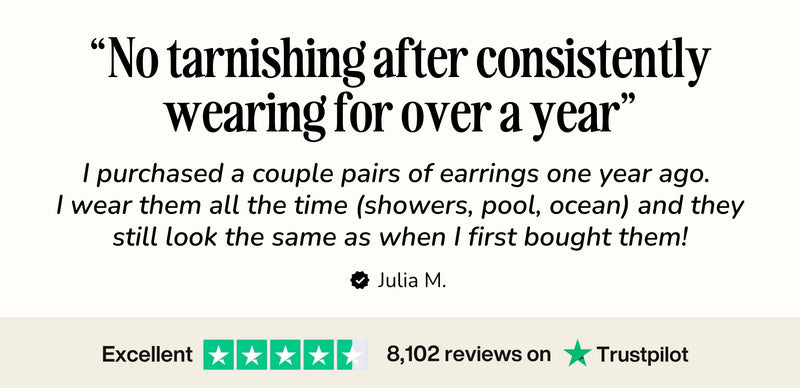



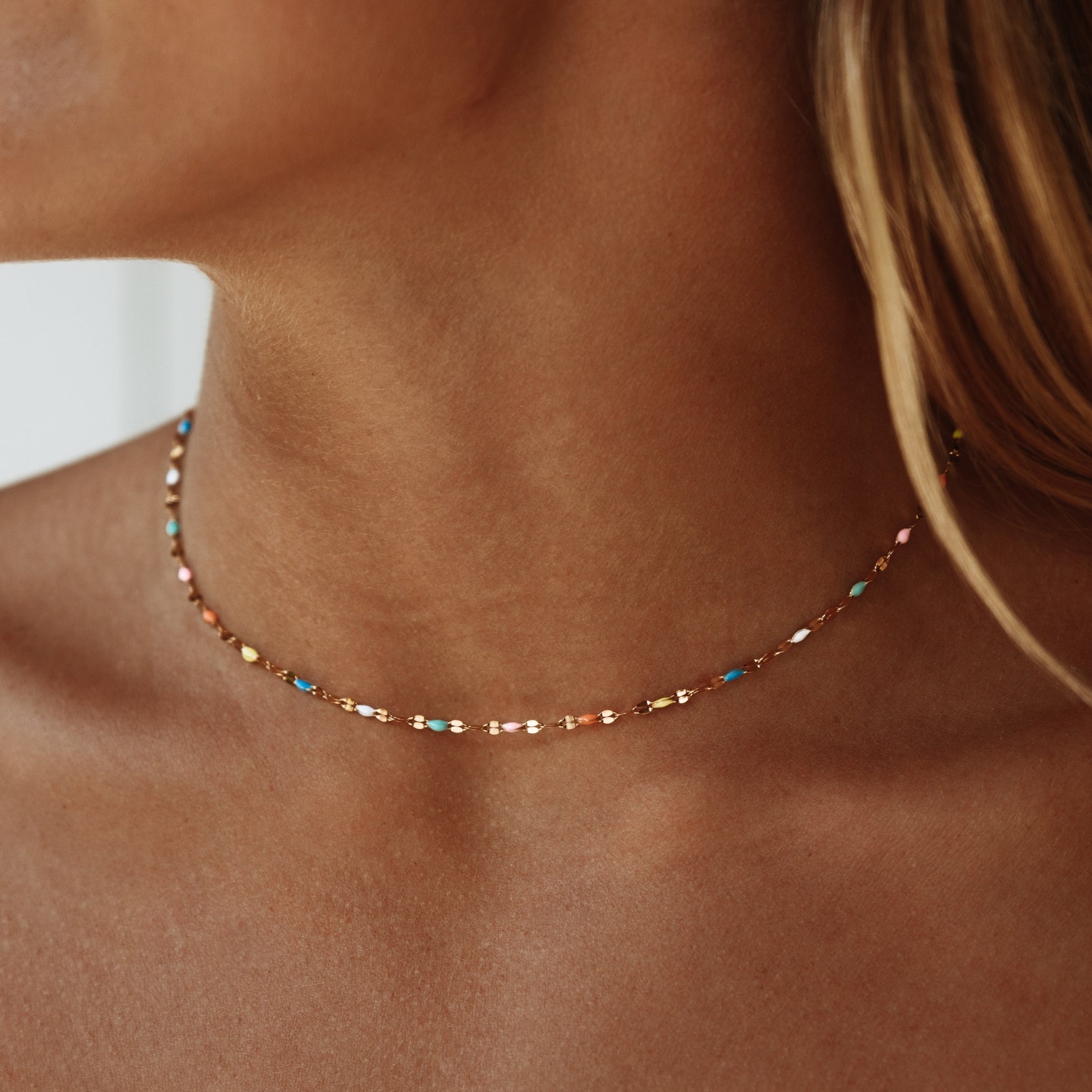
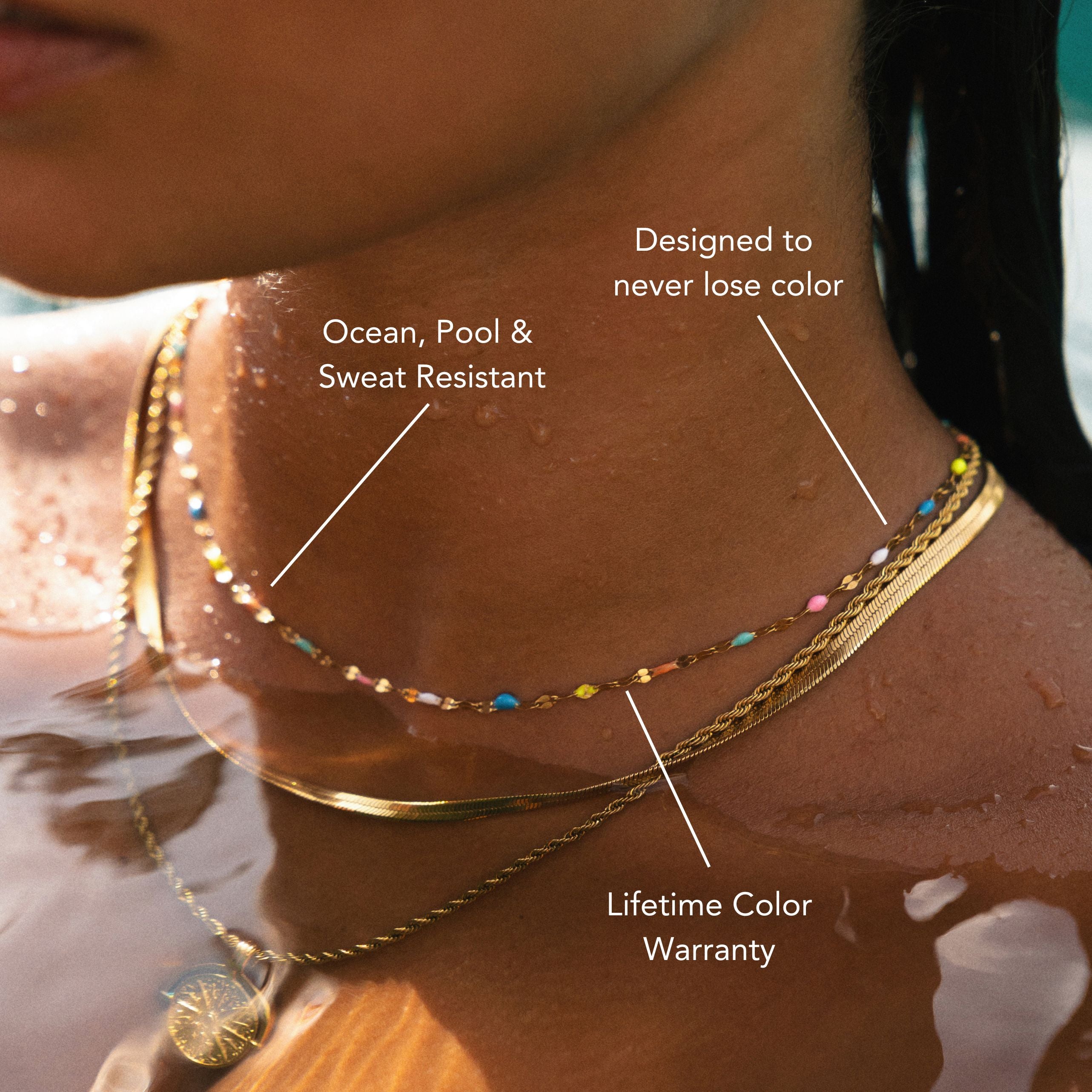
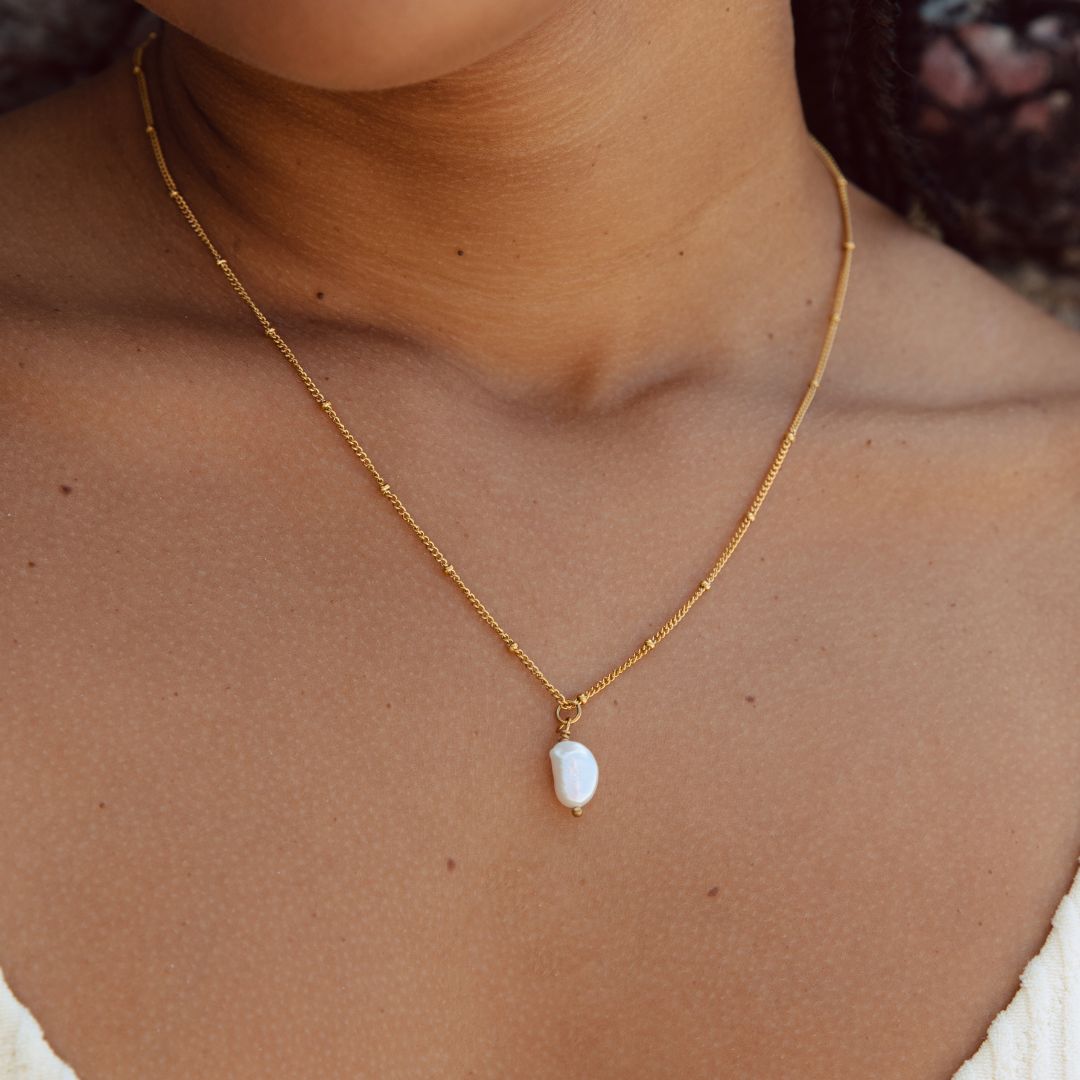
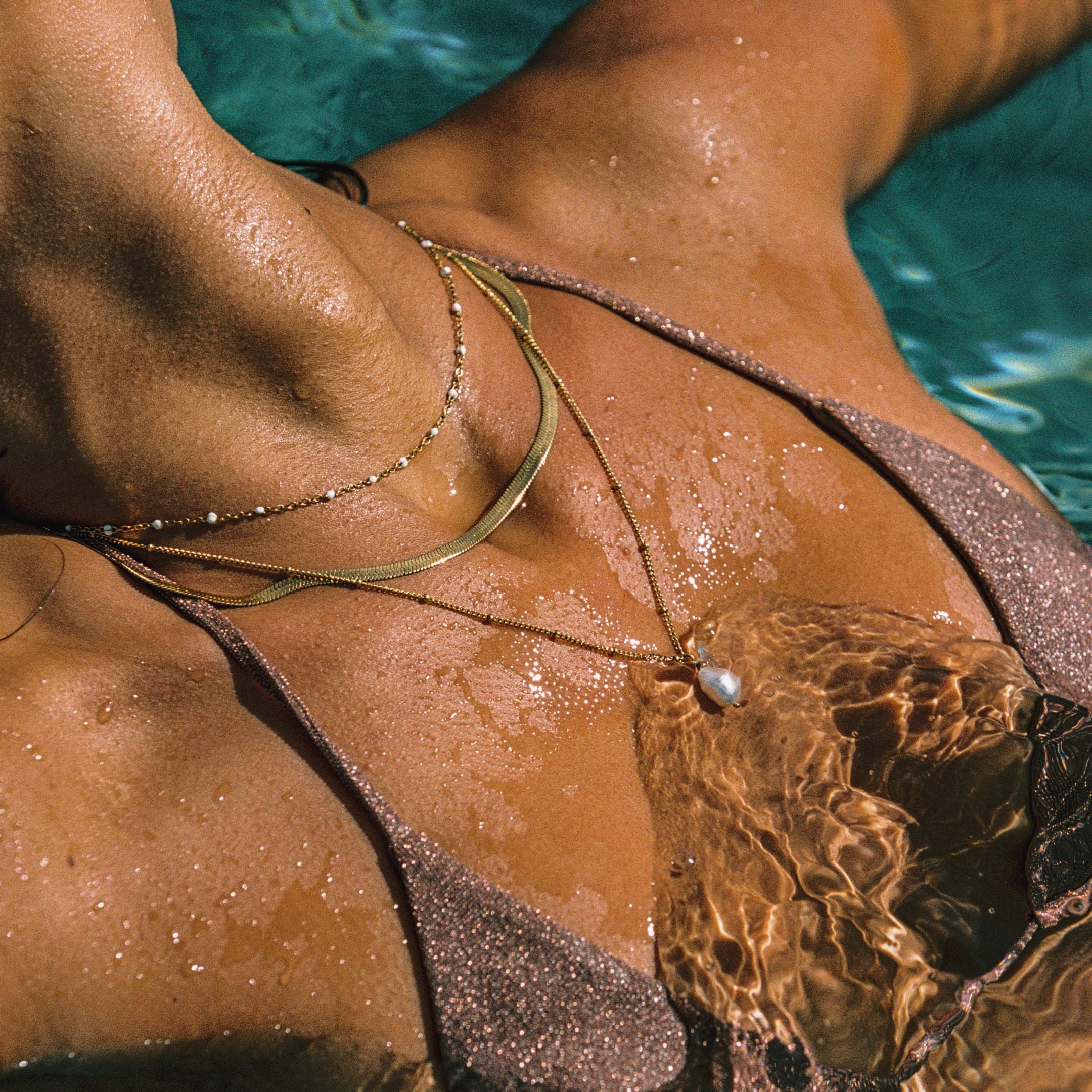
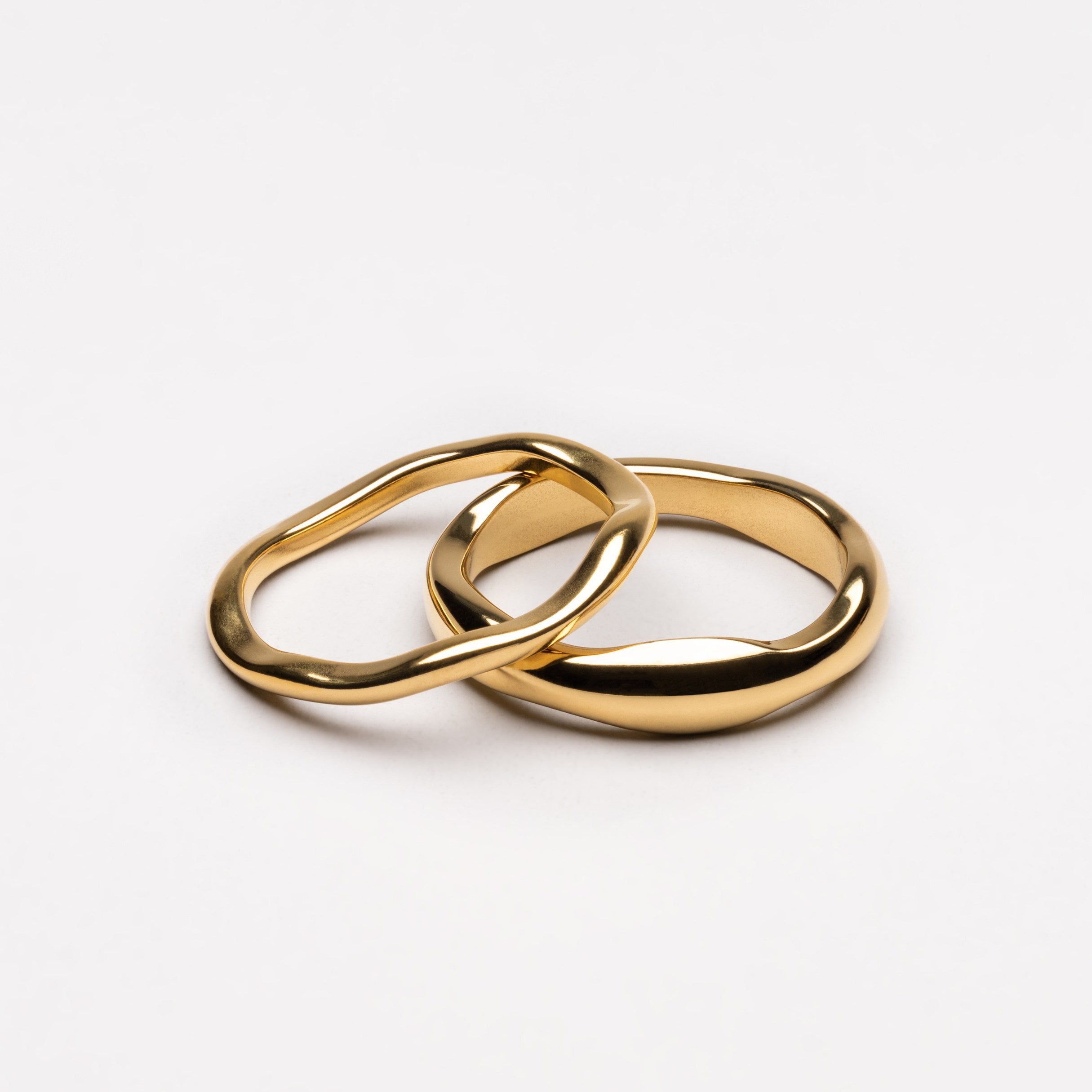
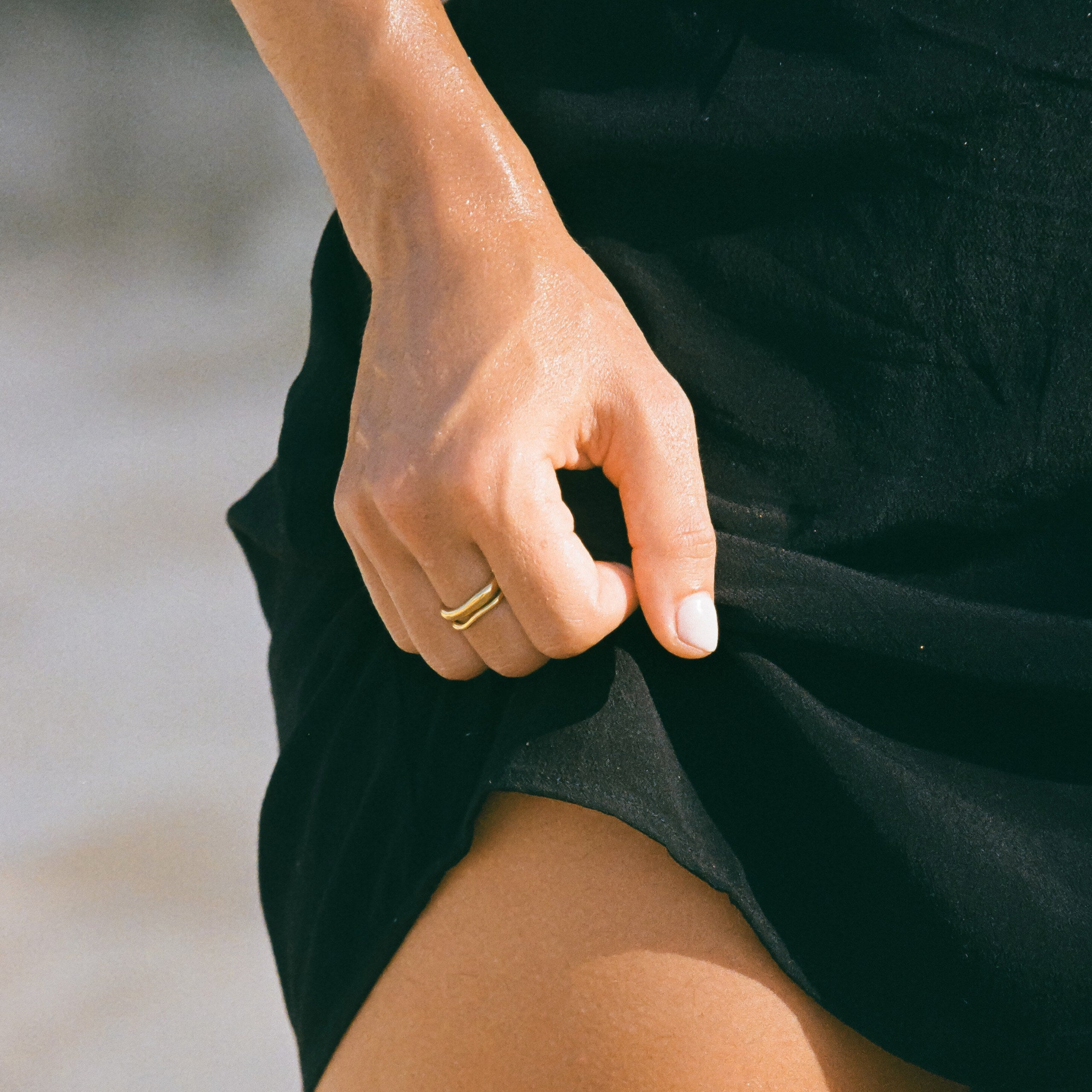
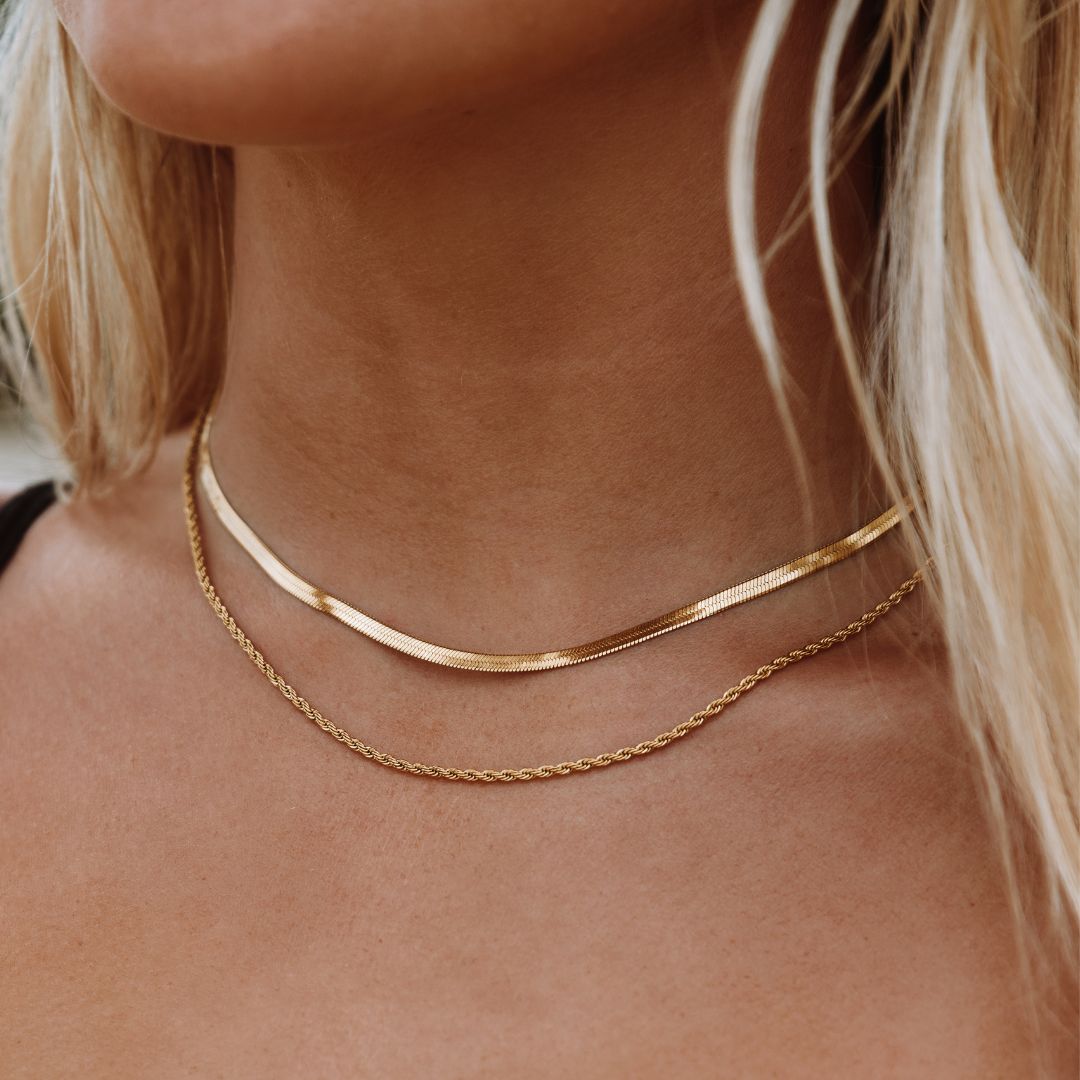
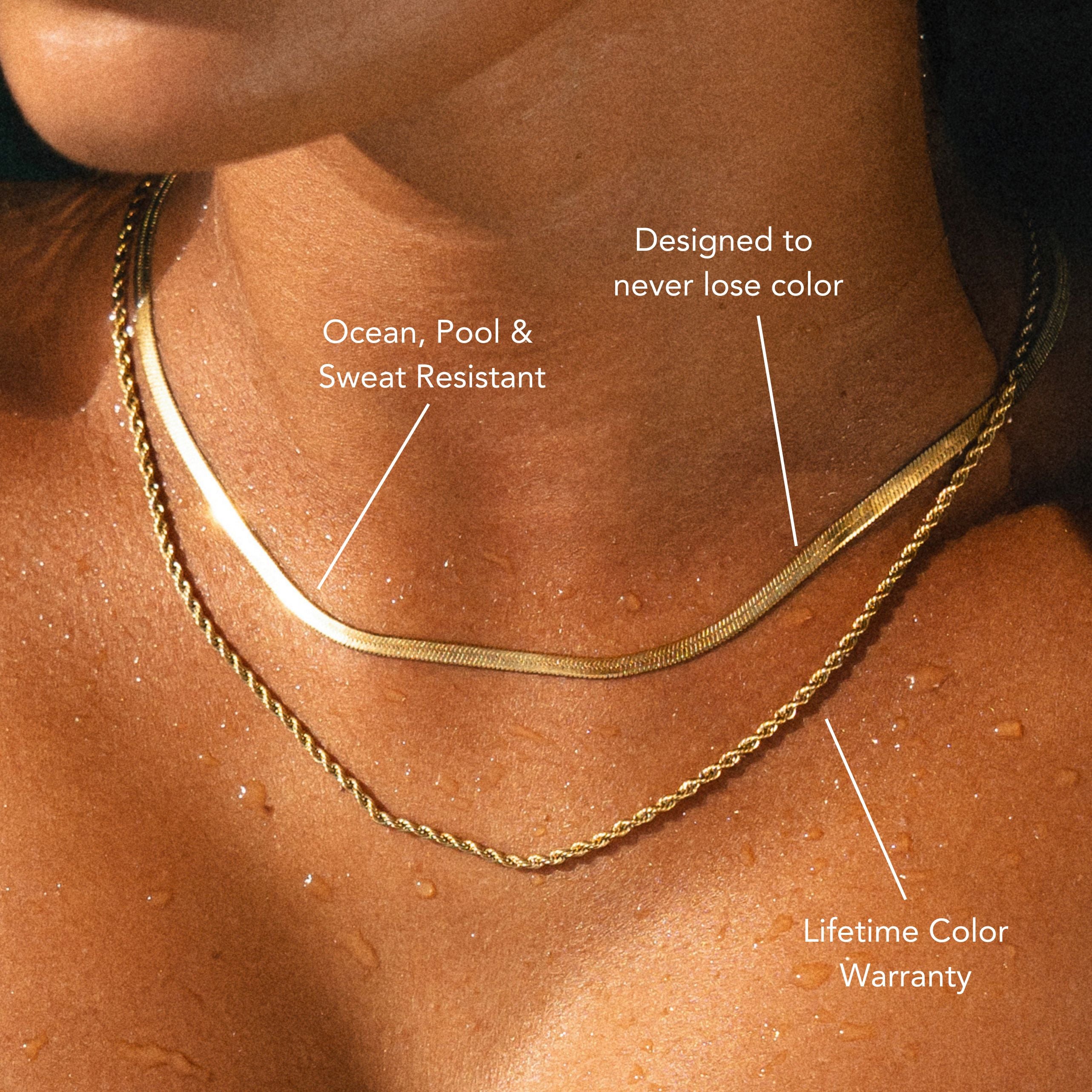
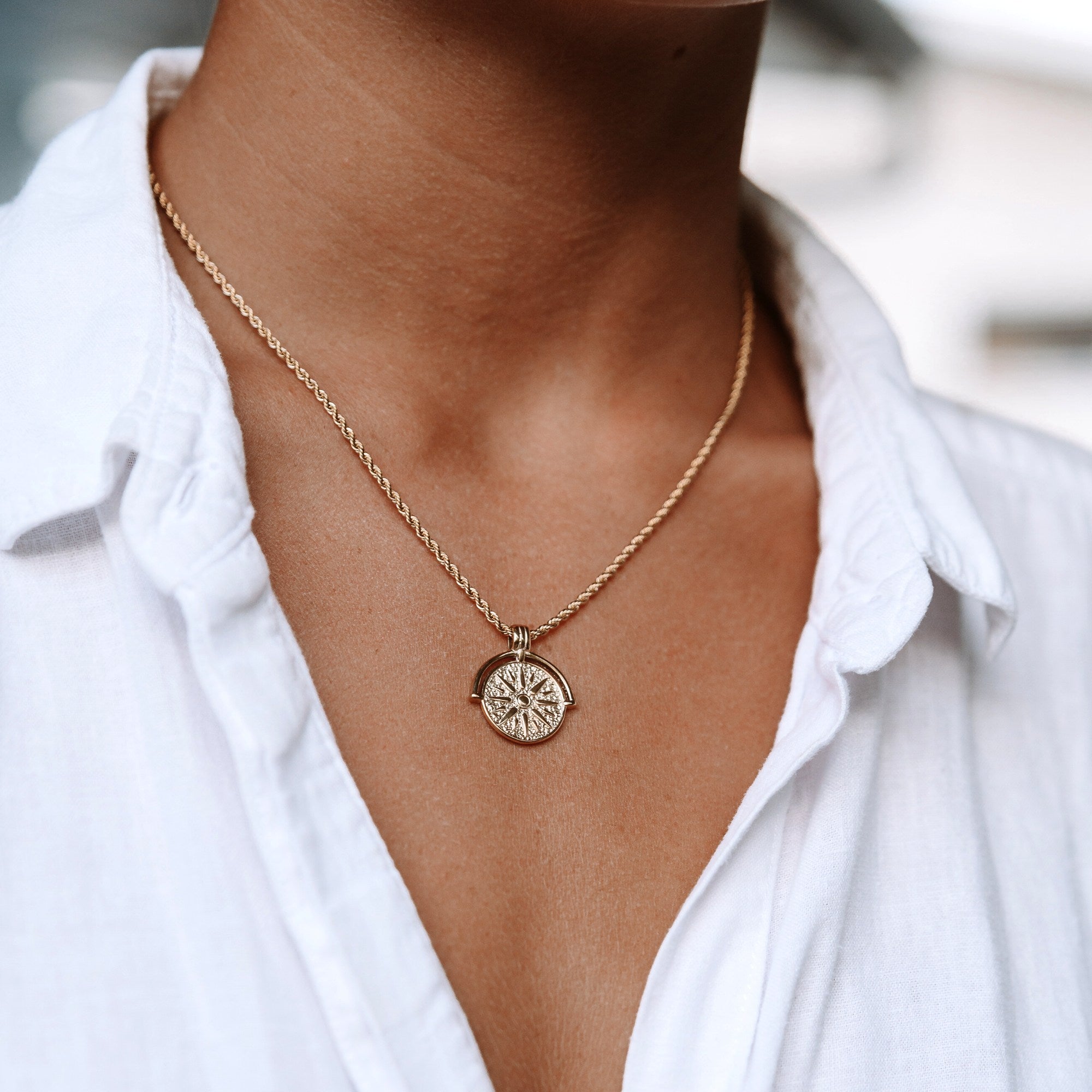
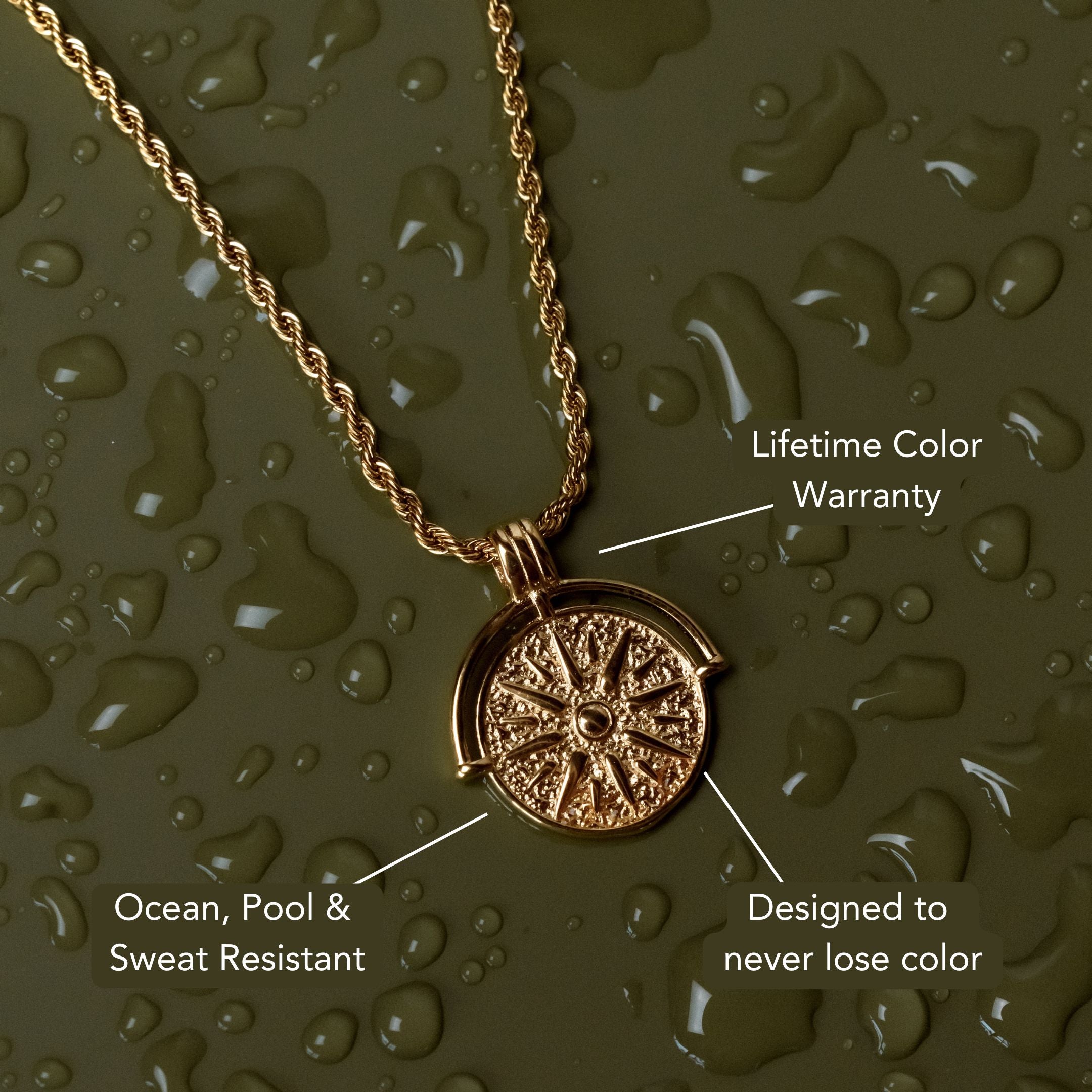
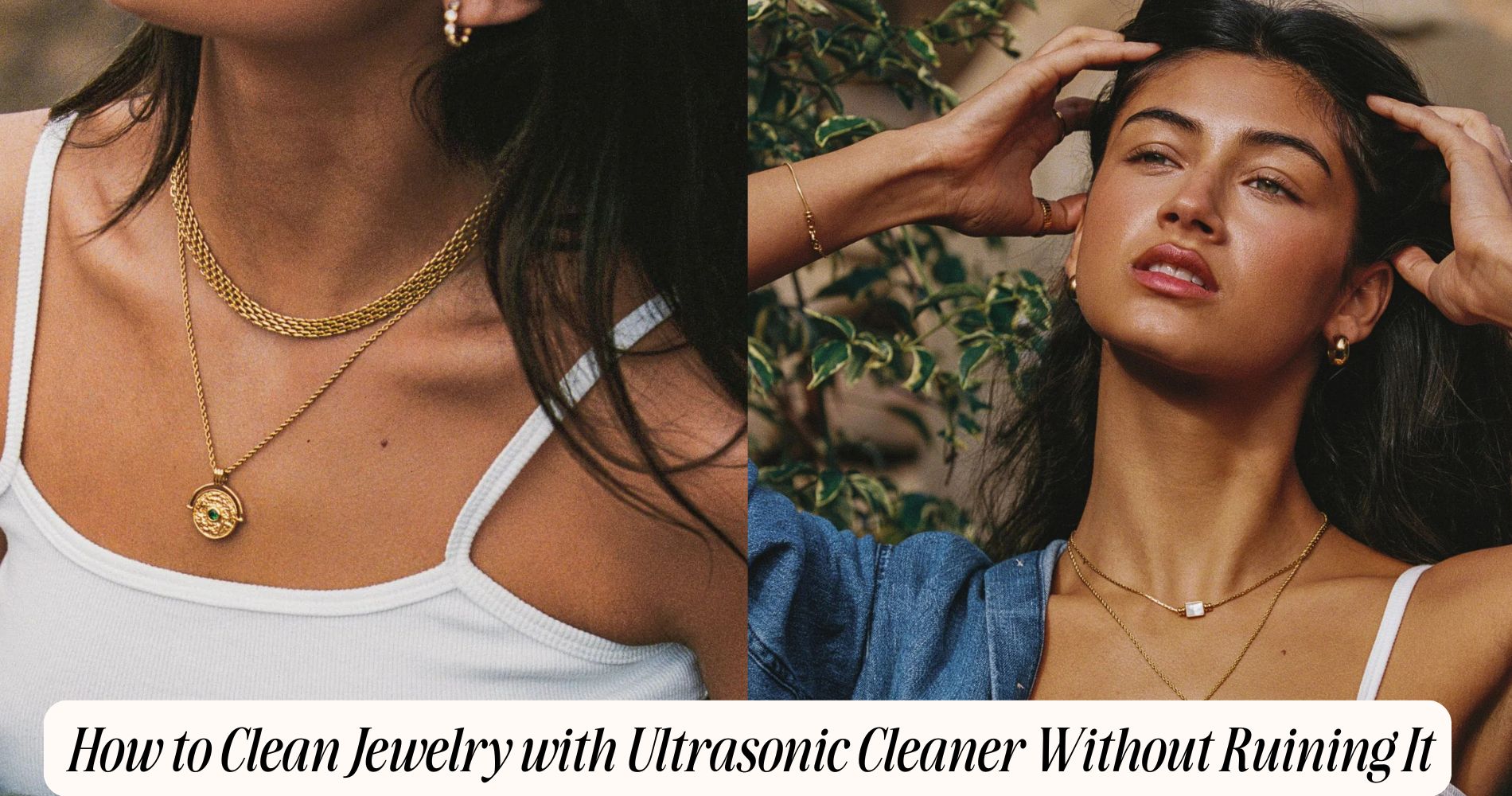
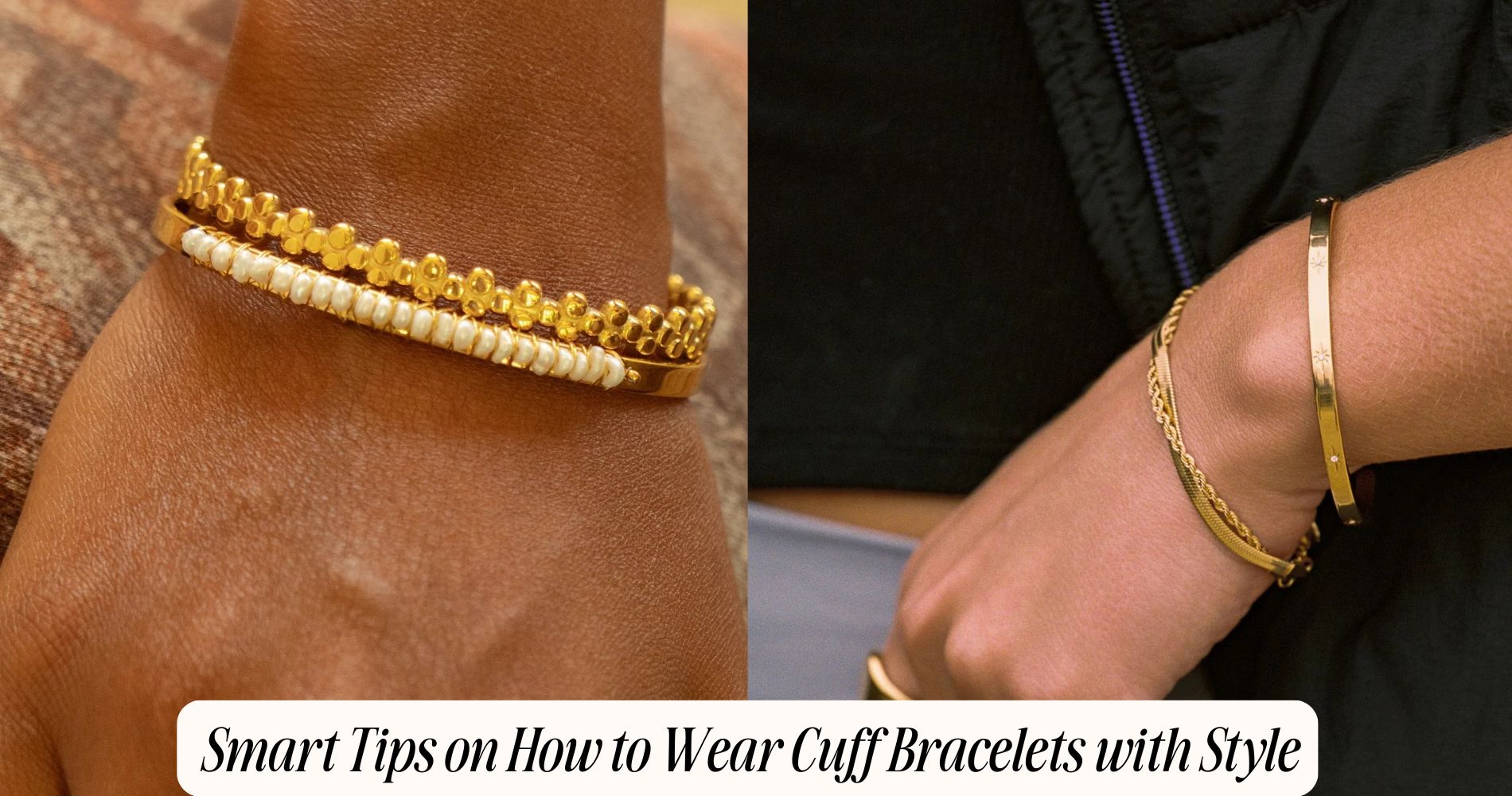




Leave a comment
This site is protected by hCaptcha and the hCaptcha Privacy Policy and Terms of Service apply.